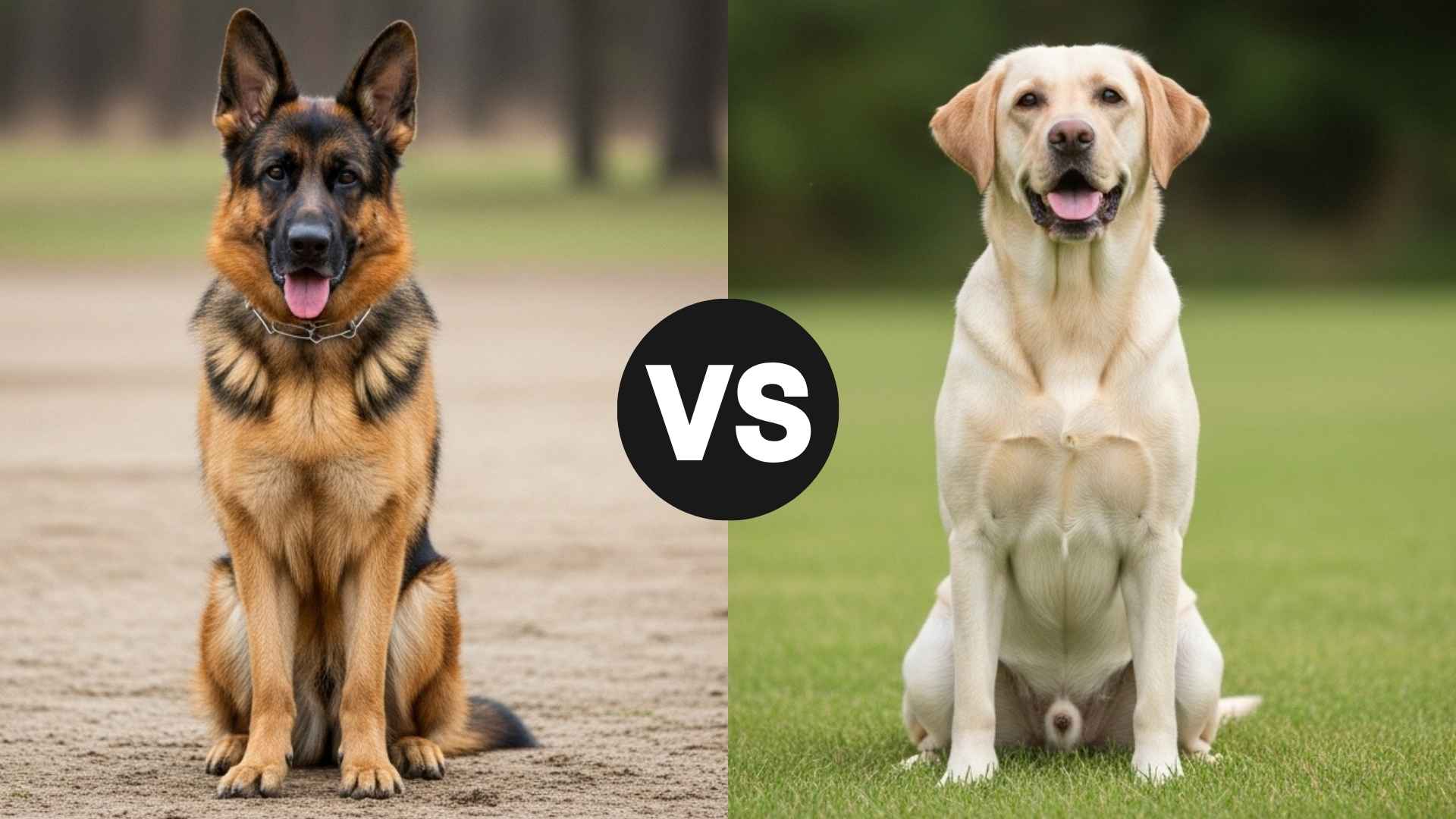Did you know that both the German Shepherd and the Labrador Retriever rank among the most popular breeds worldwide, but for very different reasons?
While the German Shepherd is celebrated for its agility, intelligence, and work ethic, the Labrador Retriever is beloved for its friendly personality, boundless energy, and affection.
This comparison isn’t about declaring a winner; it’s about helping you understand each breed’s unique traits. Whether you’re looking for a loyal, disciplined partner or a playful, family-friendly companion, knowing what sets these two breeds apart will guide you toward the right fit.
Let’s dive in and explore how these two standout breeds compare in terms of temperament, energy levels, training ease, and suitability for your lifestyle.
German Shepherd vs Labrador Retriever
Origins & Purpose
The German Shepherd and the Labrador Retriever come from strikingly different backgrounds. Each breed’s early role shaped the personality we see today.
According to the AKC, German Shepherds were developed in nineteenth-century Germany for herding and structured work. Captain Max von Stephanitz selected dogs with sharp instincts, strong nerves, and an ability to perform high-demand tasks.
This foundation created a breed admired for its problem-solving, endurance, and reliability.
Labrador Retrievers began in Newfoundland as water dogs, assisting fishermen in retrieving nets and hauling gear. British breeders later refined their athleticism, water skills, and gentle mouths for field work. Their cheerful, cooperative nature made them beloved as both sporting companions and family dogs.
Together, these origins highlight two distinct strengths:
German Shepherds: Precision, purpose, and confidence in complex roles
Labradors: Enthusiasm, teamwork, and an eagerness to connect with people
Size & Physical Build
German Shepherds stand taller with a lean, angular frame that communicates readiness and strength. Their muscular hindquarters support quick turns and controlled movement, ideal for demanding or tactical work.
They often reach 26 inches at the shoulder and carry their weight in a balanced, athletic way. The alert posture and purposeful stance add to their commanding presence.

Labradors display a more rounded, athletic silhouette with broad heads and strong chests. Their physique supports stamina, swimming, and all-day activity without appearing rigid or intense.
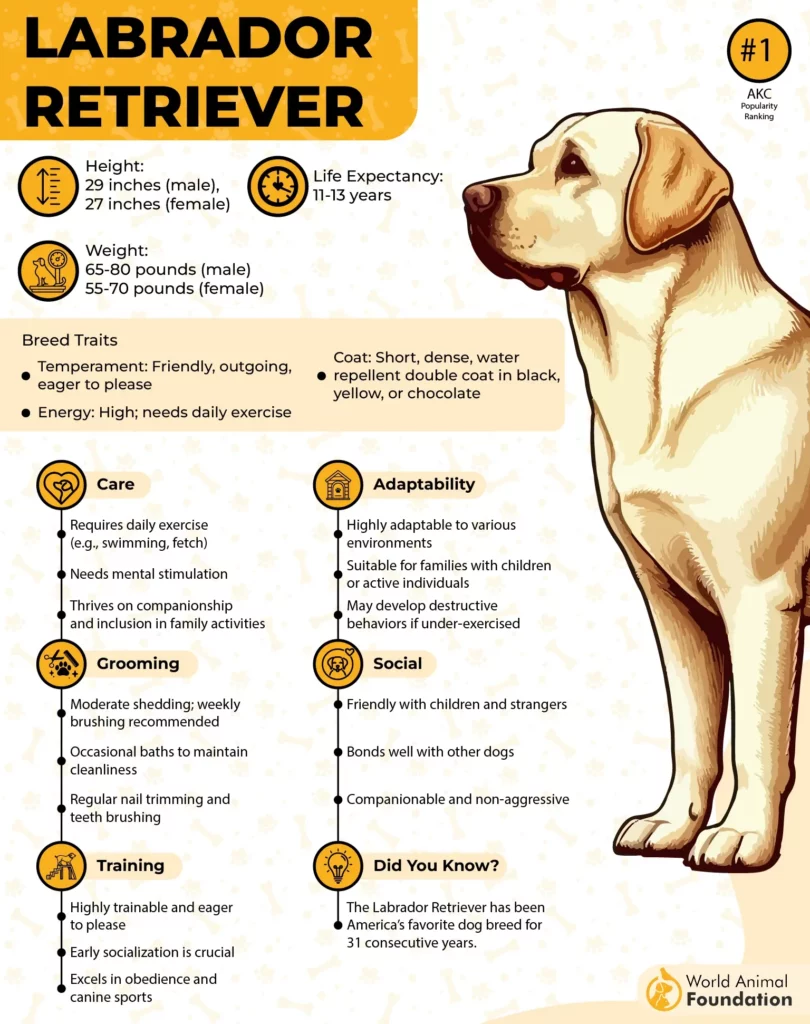
Most Labradors stand 22-24 inches and show a friendly, approachable build. Their movement is smooth, steady, and perfectly suited to active families.
Coat Type & Grooming Needs
German Shepherds have a thick double coat with a dense underlayer and a protective outer layer. This structure defends them from the weather and debris while working outdoors.
They shed year-round with heavier seasonal shedding. Regular brushing reduces loose fur and keeps the coat breathable and healthy.
Labradors also have a double coat, though shorter and smoother. Their water-repellent texture reflects their fishing heritage and helps them stay comfortable in wet environments.
Labradors shed heavily during transitions in weather and benefit from consistent brushing. Ear care is important because moisture can build up after swimming, as suggested by PetMD.
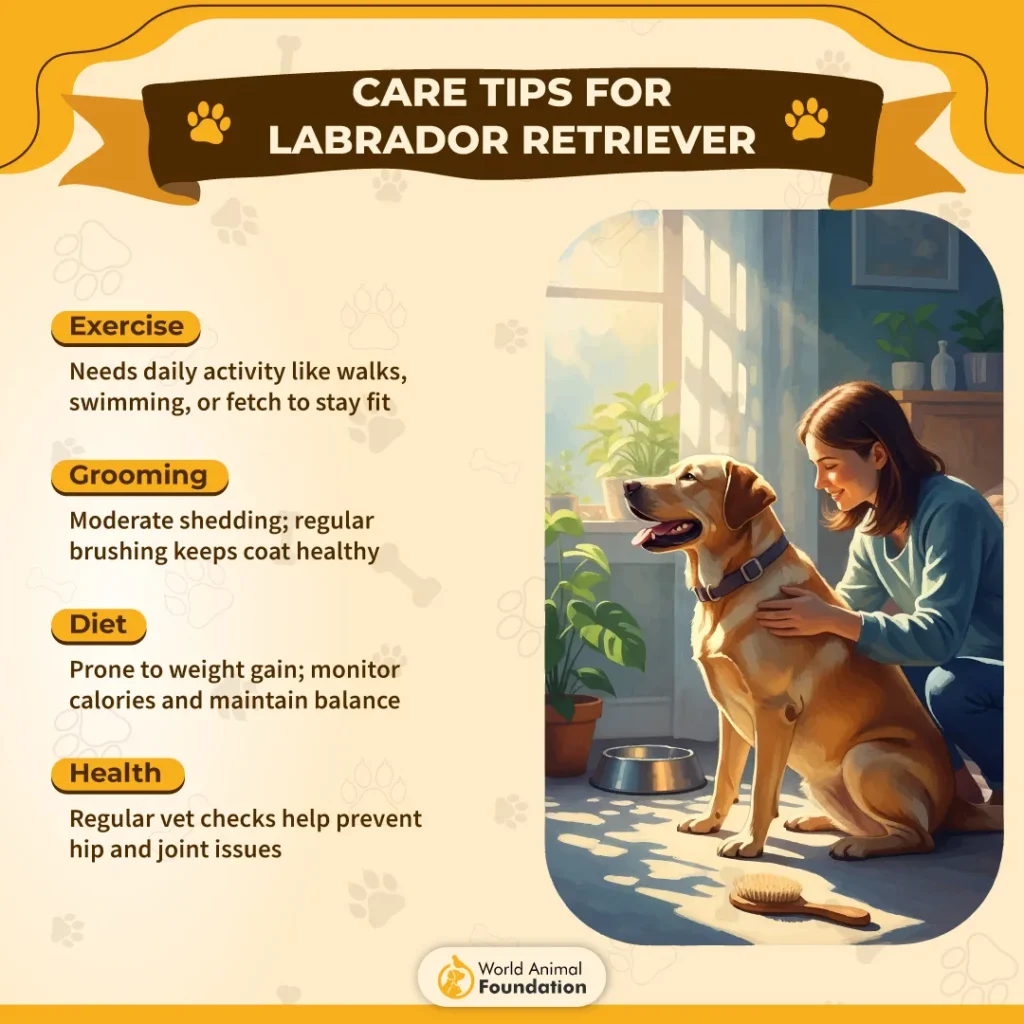
Key grooming needs include:
German Shepherds: Frequent brushing and seasonal shed management
Labradors: Brushing plus routine ear checks and attention after water play
Temperament & Social Nature
German Shepherds often show a thoughtful, observant demeanor. They form deep bonds and may approach new situations with caution until trust develops.
Their loyalty expresses itself through attentiveness and an instinct to watch over their environment. Many owners appreciate their maturity and sense of purpose.

Labradors bring a bright, open personality into every interaction. They welcome people, pets and activities with immediate optimism and curiosity.
As per Hill’s Pet, their joy in companionship makes them a favorite for families and therapy work. They respond easily to affection and thrive in social households.
Both breeds are loving, yet they show it differently:
German Shepherds: Steady devotion and protective awareness
Labradors: Playful warmth and eager friendliness
Exercise & Activity Needs
German Shepherds possess a high level of drive and need structured physical and mental challenges. Long walks, focused training, and task-based games keep them balanced and satisfied.
Without meaningful activity, they may develop restlessness or frustration. They excel in homes where owners enjoy hands-on engagement and outdoor routines.
Labradors need active play, but their style is lighter and more spontaneous. Fetch, swimming, and group activity suit their energetic yet social temperament.
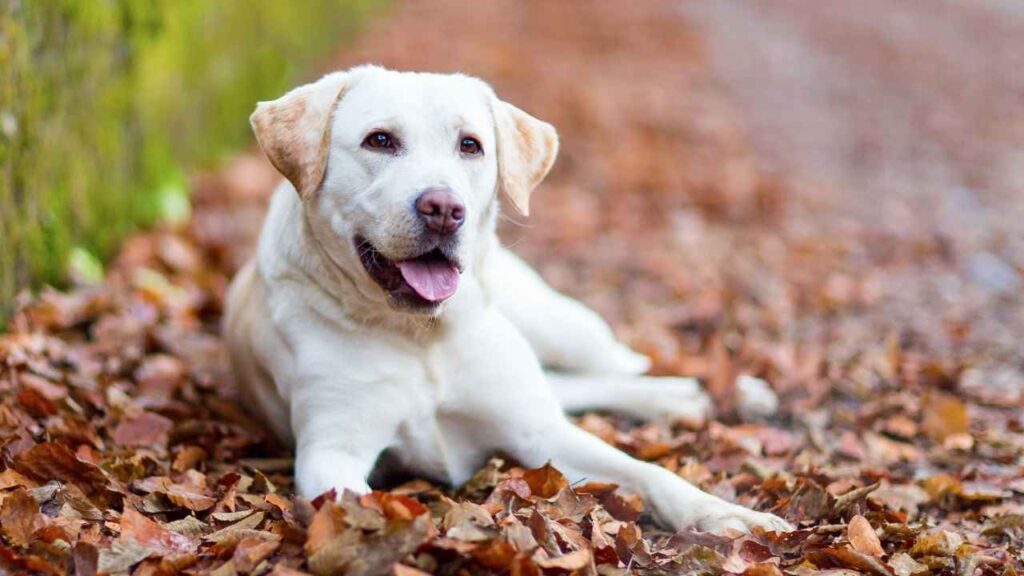
Their enthusiasm makes exercise feel like a shared adventure rather than serious work. They adapt well to families that enjoy outdoor recreation.
Choosing the right breed depends on preferred activity style:
German Shepherds: Thrive with structured, goal-oriented exercise
Labradors: Shine with playful, people-centered activity
Trainability & Intelligence
German Shepherds display sharp, analytical intelligence that excels in complex thinking. They respond quickly to clear direction and enjoy training that feels purposeful.
Their precision supports roles in obedience, protection, tracking, and specialized service work. Owners who enjoy structured sessions find them highly rewarding partners.
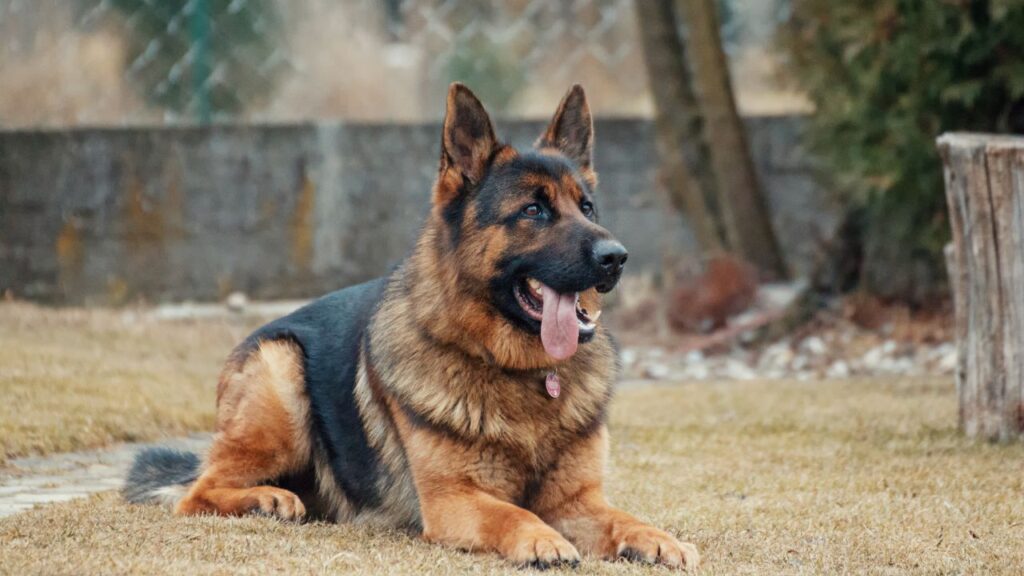
Labradors learn with enthusiasm and a strong desire to please. Positive reinforcement brings out their confidence and eagerness.
While they can be excitable, they refocus easily with patient guidance. This makes them excellent for guide work, detection, and family obedience.
The training distinction is simple:
German Shepherds: Excel with methodical, disciplined instruction
Labradors: Excel with cheerful, encouraging sessions
Health & Lifespan
German Shepherds typically live 9-13 years and may face joint issues related to breed structure. Hip and elbow dysplasia are common concerns that benefit from early screening.
Their active lifestyle also makes injury prevention important. Consistent vet care and joint support help maintain comfort as they age.
Labradors generally live 10-14 years and are prone to weight gain. Their strong appetite can lead to obesity, which increases the risk of diabetes and joint strain.

They may also experience ear infections after frequent swimming. Routine cleaning and proper drying help reduce this risk.
With thoughtful care, both breeds enjoy long, active lives, supported by:
regular checkups
balanced nutrition
consistent exercise routines
German Shepherd vs Labrador: Which Breed Is Suitable for You?
A German Shepherd is a high-energy breed that suits owners who enjoy structure, training, and a dog that thrives on purposeful tasks. They are intelligent and highly trainable, hence do best in homes that can provide mental challenges and clear expectations.

Their loyalty forms a focused partnership that many experienced dog owners cherish. They reward commitment with unwavering devotion.
A Labrador Retriever is perfect for families or individuals who want a joyful, sociable companion. Their friendly nature makes daily life feel lively and warm.

Being a popular family dog breed, they fit easily into homes with children, guests, and multiple pets. Their adaptable personality supports both casual living and outdoor adventures.
Your choice depends on what you value most:
German Shepherd: A thoughtful, disciplined partner and experienced owner
Labrador: An affectionate, upbeat companion
Conclusion
Choosing between a German Shepherd dog and a Labrador can feel overwhelming, especially for first-time dog owners who simply want a dog that fits their lifestyle. Both breeds offer intelligence, loyalty, and the ability to bond closely with family members, yet each brings its own strengths to the dog world.
The German Shepherd puppy grows into an excellent guard dog that excels as a service dog, police dog, or guide dog when socialized well from a young age. Labradors, including the popular yellow Lab, thrive as a family pet with an easygoing nature suited for most people, kids, cats, and other pets.
No matter which dog breed you choose, responsible selection is essential. Avoid backyard breeders, consider potential health problems such as hip dysplasia or exercise-induced collapse, and provide socialization, playtime, good food, and training to prevent destructive behaviour.
If you remain interested in other dogs, wonderful options include Golden Retrievers, small dogs, and many other breeds bred for just about anything, giving every new dog owner a chance to find the ideal companion.


